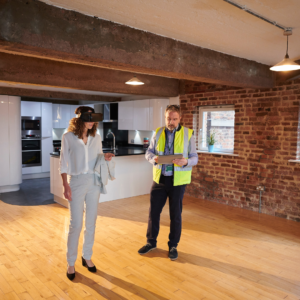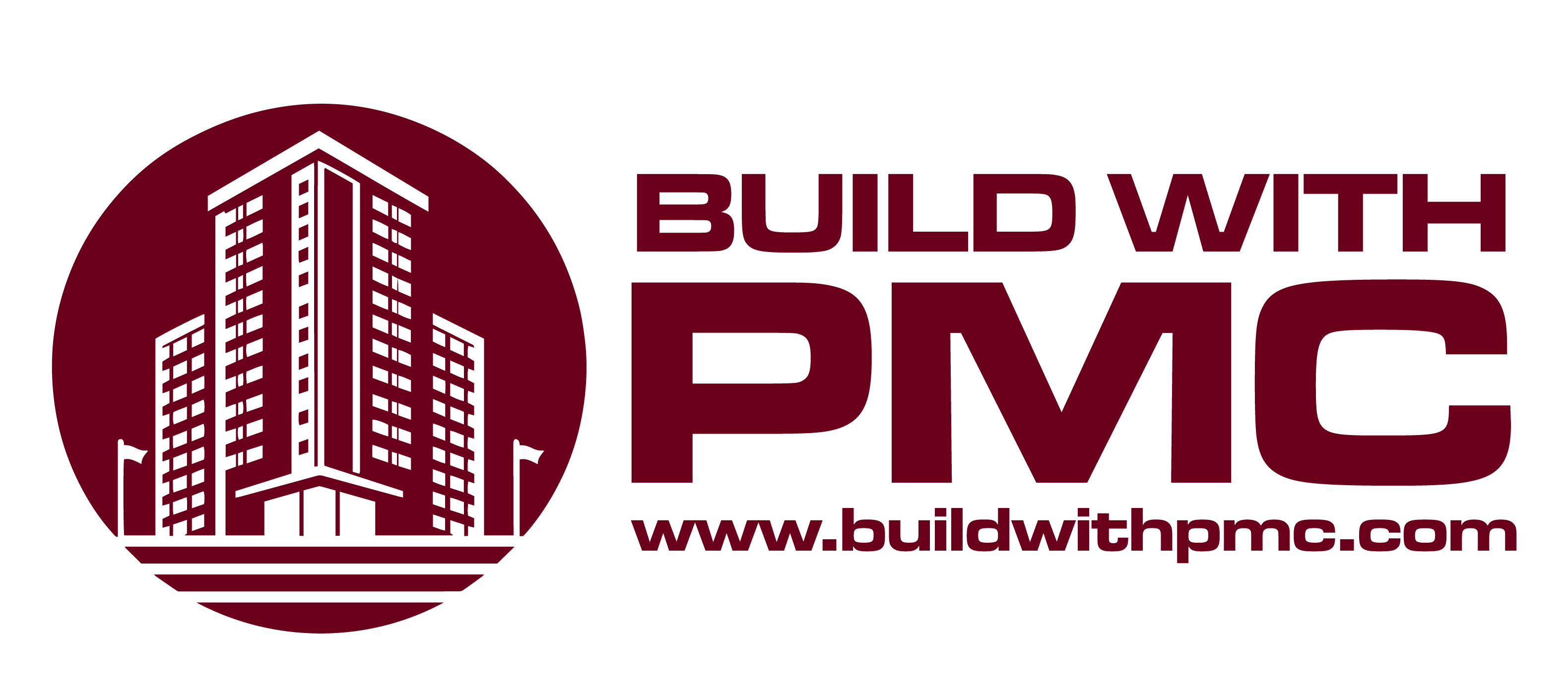When it comes to leasing commercial spaces for your business, the term “tenant improvements” often comes into play. Tenant improvements, commonly referred to as TI or leasehold improvements, involve modifications made to the interior of a leased space to meet the specific needs of the tenant. The question that arises for many business owners is whether these improvements are worth the investment.
In this blog post, we will delve into the various aspects of tenant improvements and explore whether they bring tangible benefits to your business.
Understanding Tenant Improvements

Tenant improvements encompass a wide range of modifications, from minor cosmetic changes to major structural alterations. These improvements can include anything from installing new flooring, upgrading lighting systems, and repainting walls to more substantial changes like adding partitions, creating conference rooms, or even renovating entire office layouts.
The decision to undertake tenant improvements often depends on the lease agreement between the landlord and tenant. In some cases, the landlord may offer a tenant improvement allowance as part of the lease terms, providing the tenant with a budget to carry out necessary modifications. Alternatively, the tenant may negotiate specific improvements with the landlord, or they may decide to invest their own funds to enhance the space.
Pros of Tenant Improvements
- Customization to Meet Business Needs: Tenant improvements allow businesses to customize the leased space to meet their unique requirements. Whether it’s creating an open-concept workspace, setting up specialized workstations, or establishing dedicated meeting rooms, these modifications can enhance functionality and productivity.
- Increased Employee Satisfaction and Retention: A well-designed and comfortable workspace can significantly impact employee satisfaction and retention. Employees are more likely to thrive in an environment that caters to their needs, fostering a positive work culture and reducing turnover.
- Enhanced Aesthetic Appeal: The visual appeal of a workspace is crucial, both for employees and clients. Tenant improvements offer the opportunity to create a professional and aesthetically pleasing environment, reinforcing the brand image and leaving a positive impression on visitors.
- Adaptability for Growth: Tenant improvements provide businesses with the flexibility to adapt to changing needs and accommodate growth. Whether it’s expanding office space, adding collaborative areas, or upgrading technology infrastructure, these modifications enable businesses to scale without the constraints of an unalterable space.
- Competitive Advantage: In a competitive business landscape, having a modern and functional workspace can be a significant advantage. It not only attracts top talent but also makes a positive statement to clients and partners, positioning the business as forward-thinking and invested in its success.
Cons of Tenant Improvements

- Upfront Costs: One of the primary drawbacks of tenant improvements is the upfront costs associated with the modifications. Depending on the scale of the changes, businesses may need to allocate a substantial budget, impacting their immediate financial resources.
- Lease Term Considerations: Businesses should carefully consider the length of their lease term when contemplating tenant improvements. If the lease is short-term, the return on investment for improvements may be limited. Conversely, for long-term leases, the benefits of a well-designed space can be realized over an extended period.
- Landlord Approval and Restrictions: Tenant improvements often require landlord approval, and there may be restrictions on the types of modifications allowed. Navigating these negotiations can be time-consuming, and businesses may encounter limitations on the extent of improvements they can make.
- Potential Disputes at Lease End: When the lease term concludes, there may be disputes between the tenant and landlord regarding the condition of the leased space. It is essential to clearly document and communicate the agreed-upon improvements to avoid disagreements at the end of the lease.
Benefits of Tenant Improvements
Customization for Operational Efficiency
One of the primary advantages of tenant improvements lies in the ability to customize the space according to the specific needs of the business. Whether it’s configuring office layouts, installing specialized equipment, or creating collaborative zones, customization allows businesses to optimize their operational efficiency. Tailoring the workspace to align with the company’s workflow can contribute significantly to increased productivity.
Employee Wellbeing and Morale
A well-designed and comfortable workspace can have a positive impact on employee wellbeing and morale. Tenant improvements provide the opportunity to create an environment that fosters creativity, collaboration, and overall job satisfaction. Considerations such as ergonomic furniture, adequate lighting, and breakout spaces can contribute to a positive work atmosphere, leading to increased employee retention and a more vibrant corporate culture.
Enhanced Brand Image
The physical appearance of a business space can significantly contribute to its brand image. Tenant improvements offer the chance to align the interior design with the company’s brand identity, conveying a professional and cohesive image to clients, partners, and employees. A well-branded workspace can leave a lasting impression, positively influencing how the business is perceived in the market.
Adaptability to Technological Advances
Rapid advancements in technology require businesses to stay agile and adaptable. Tenant improvements allow for the integration of cutting-edge technologies into the workspace, ensuring that the infrastructure can support the evolving needs of the business. From installing state-of-the-art communication systems to creating tech-friendly meeting rooms, these improvements can future-proof the space against technological obsolescence.
Conclusion
In weighing the pros and cons, the decision to invest in tenant improvements ultimately depends on the specific needs and circumstances of the business. While the upfront costs can be a deterrent, the long-term benefits of a customized and functional workspace are undeniable. Tenant improvements have the potential to positively impact employee satisfaction, attract top talent, and enhance the overall success of the business.
Before embarking on tenant improvements, it is crucial for businesses to conduct a thorough cost-benefit analysis, considering factors such as lease terms, budget constraints, and the potential for future growth. Open communication with the landlord, clear documentation of agreements, and a strategic approach to modifications can help mitigate potential challenges and ensure a mutually beneficial relationship between tenant and landlord.
When approached thoughtfully and strategically, tenant improvements can be a valuable investment, transforming a leased space into a tailored environment that aligns with the unique needs and goals of the business.




